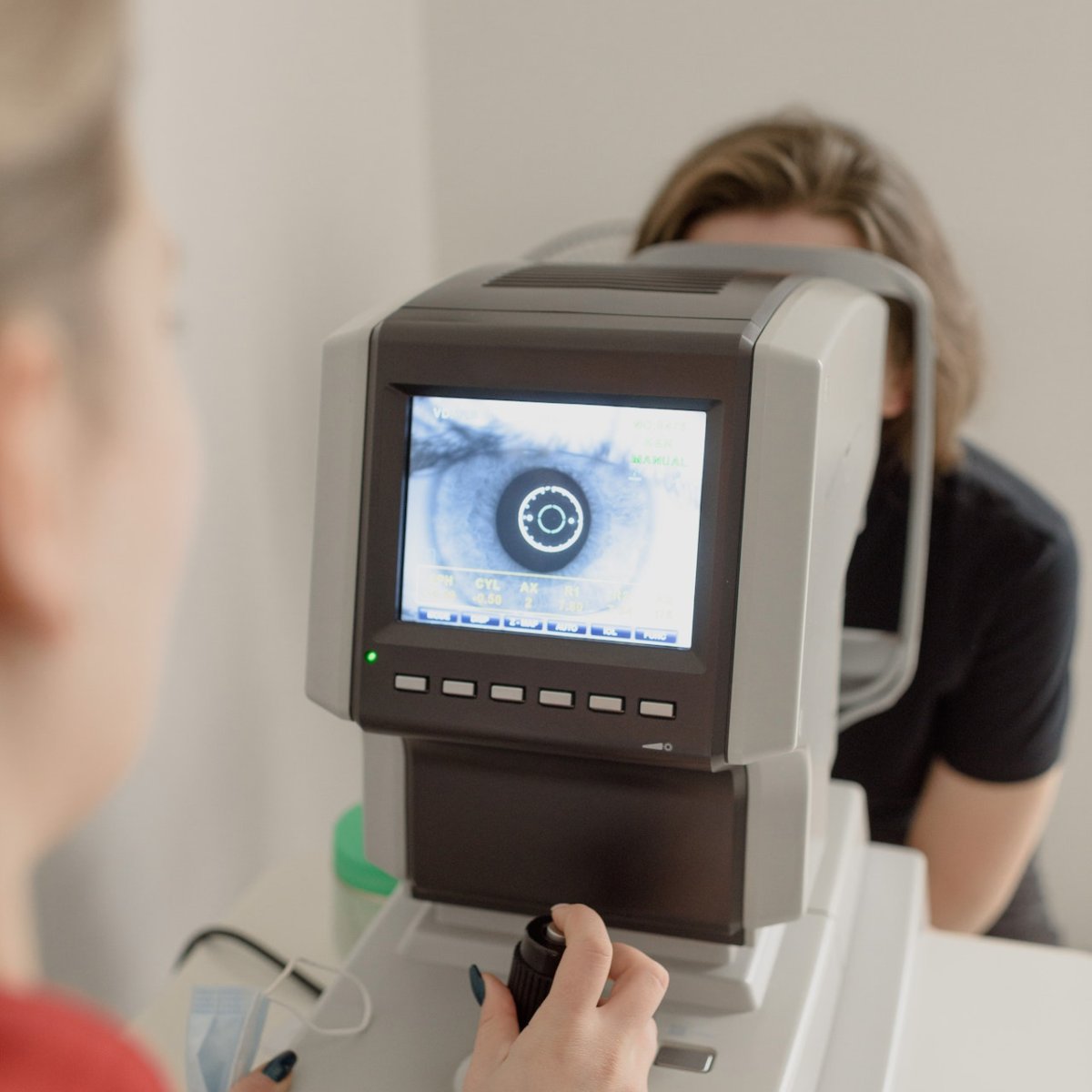Eye Floaters & Flashes: What They Are, Causes & Treatments
Picture this: You’re going about your daily routine, walking outdoors or cooking, and you see a few tiny moving spots of light in your eyes. Could it be part of your imagination? Maybe not.
While it might come as a shock at first, seeing tiny moving spots of light is harmless — for the most part.
In this article, we’ll explore this mysterious phenomenon, its possible causes, and how it can be treated.
What are these tiny moving spots of light I see in my eyes?
They are called “floaters” or “flashes.” Floaters are specks or cobweb-like objects that float in your field of vision, while flashes are sudden bright flashes or streaks of light seen in one’s central vision or peripheral vision.
Symptoms of floaters and flashes
As specks or cobweb-like objects, floaters appear to float as your eyes move. Meanwhile, flashes look like lightning streaks or stars, and may last from a few seconds to a few minutes. They’re typically caused by a jelly-like substance called vitreous humor pulling on the retina.
The retina refers to the thin layer of tissue at the back of your eye. It is responsible for helping you process images.
The retina contains two main parts: the macula and the peripheral retina. The central part of the retina is called the macula. It is responsible for giving us sharp and detailed vision. As for the peripheral retina, it helps us see things in our peripheral (indirect) vision. Pretty cool, huh?
The retina comprises cells called photoreceptors, which detect light and send signals to the brain to form images. When the retina is healthy, it helps us see images clearly and accurately.
However, floaters and flashes can interfere with the retina’s ability to process images. And that can cause temporary vision problems.
How to know when you should see a doctor
In most cases, if you see these floaters and flashes occasionally, there is usually nothing to worry about. However, if you experience a sudden increase in the number of floaters or if it persists for an extended period, seek a medical opinion.
Other severe symptoms include:
- The loss of peripheral vision
- The appearance of a dark or shadowy curtain in your sight
- Sudden vision loss in one eye
- A sudden increase of floaters with eye pain or redness.
If you have any of these signs, it could mean you have a retinal detachment, which is a severe eye condition requiring immediate medical attention. If this is the case, please see a doctor as soon as possible.
Causes of floaters and flashes
Aging is a major factor in the occurrence of floaters and flashes. Posterior vitreous detachment (PVD) is a regular change that happens during adulthood, and is usually noticeable after one turns 60. It causes the vitreous humor to become more liquid, shrink, and pull away from the retina. As a result, this causes floaters to appear.
This condition is often triggered by eye trauma or conditions such as diabetes, which can weaken the retina. Other causes of floaters and flashes include age-related macular degeneration, cataracts, and uveitis (inflammation of the eye’s middle layer). In some cases, they can also be symptoms of a serious medical condition, such as a brain tumor or aneurysm.
What are the risk factors for floaters and flashers?
Besides aging – there are a number of factors that can increase a person’s risk of developing floaters and flashes.
One of the most common is nearsightedness, otherwise known as myopia. Nearsighted people have a longer eyeball length, which can increase the risk of vitreous detachment and therefore floaters.
Cataract surgery is another risk factor since it causes changes in the vitreous humor.
Other conditions that could increase the risk of floaters and flashes include diabetes, high blood pressure, and any previous eye injury or surgery. People who have had retinal or vitreous detachment in the past are also more likely to develop this condition.
How are floaters and flashes diagnosed?
Like various other health issues, diagnosis starts with an exam. First, your eyecare expert will ask about the symptoms, such as how often you see floaters or flashes. After evaluating your medical history, your doctor will perform tests.
One of the most common diagnostic tests is a dilated eye exam. This test involves using eye drops to make the pupil bigger so your doctor can see better inside the eye. With that, they can examine the retina and vitreous humor for any signs of floaters or flashes.
If needed, they may also do an ultrasound to get a better view of the vitreous humor. An ocular ultrasound can assess whether you have PVD.
Whether you’re experiencing floaters/flashes or not, regular eye exams are important because they help catch any potential issues as early as possible. This is especially essential for people at a higher risk of eye problems, like those with a family history of eye-related illnesses or diabetes.
What are the treatments for floaters and flashes?
For most people, floaters and flashes will go away and become less bothersome over time.
For those with more persistent symptoms, a vitrectomy may be recommended. A vitrectomy is a surgical procedure that involves removing the vitreous humor and replacing it with a substitute resembling saline solution, gas or air bubble, or silicon oil. This procedure is usually performed in cases where a retinal detachment or other severe eye conditions cause floaters or flashes.
Another possible treatment option is laser vitreolysis. This non-invasive procedure involves using a laser beam to break the floaters down into smaller pieces to make them less noticeable or vaporize them completely.
When in doubt, seek professional advice
Floaters and flashes are common symptoms that many people experience, especially as one ages. While they’re usually not serious, it’s crucial to have them evaluated by an eye doctor to rule out any underlying eye conditions.
For more on eye health and even eyewear and style tips, check out our blog.
Stay informed, and take care of your eyes!
Frequently asked questions
1. Can I get floaters and flashes at the same time?
Yes, it’s possible to simultaneously see both floaters and flashes of light. This may signify a more severe eye problem requiring medical attention, such as a retinal detachment.
2. Could floaters and flashes be a sign of other medical conditions?
Seeing floaters and flashes can mean something is wrong with the eye or other body parts. This may be a possible sign of a stroke, brain tumor, or other severe conditions. That’s why you must see a doctor if you have persistent floaters or flashes.
What do flashes have to do with migraines?
Some people who get migraines might see flashes of light or zigzag lines in their vision before or during the migraine. This is called a migraine with aura. Scientists think that it is caused by changes in the brain and the blood vessels.
3. How can I prevent floaters and flashes?
Floaters and flashes are generally a normal part of aging and cannot be prevented entirely. However, maintaining good overall eye health by getting regular eye exams, wearing protective eye gear, and taking regular breaks from staring at a screen can help. Additionally, reducing your eyes’ exposure to high-energy visible light (HEV) may also help minimize the occurrence of floaters and flashes.
High-energy visible light (HEV) refers to a type of blue light emitted from electronic devices such as computers, smartphones, and televisions. It can cause damage to the eyes, which may lead to the formation of floaters and flashers.

Written by:
Angie Garcia















